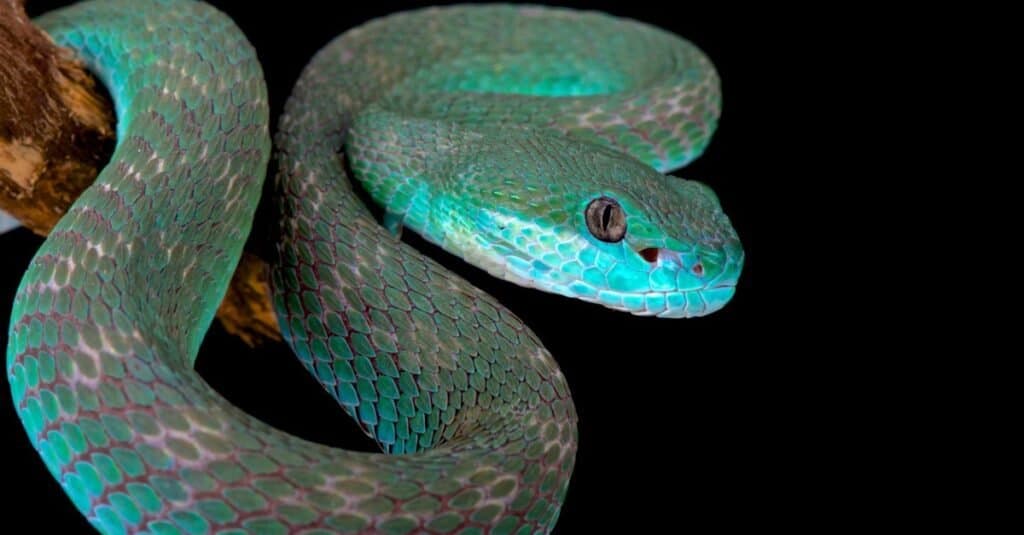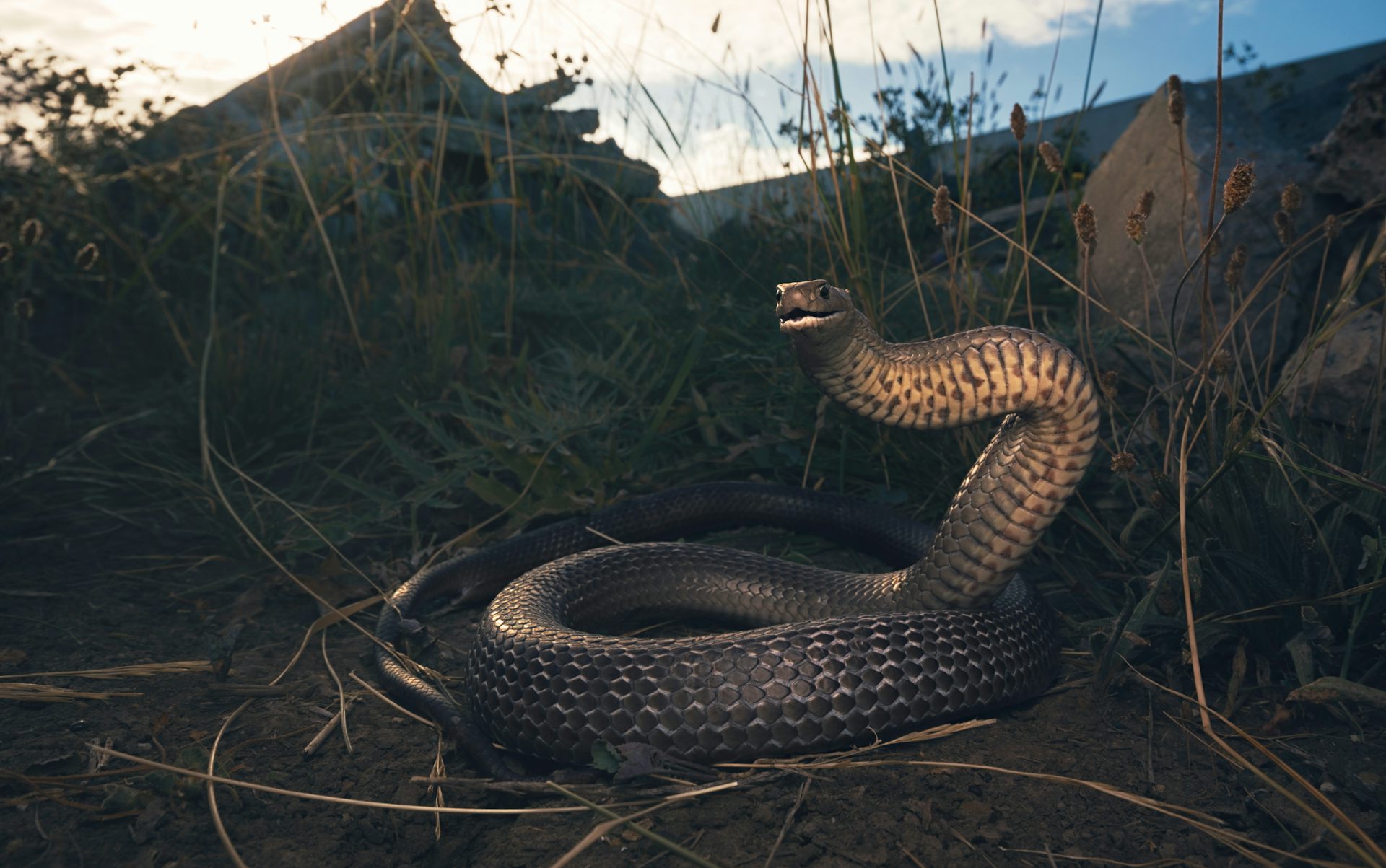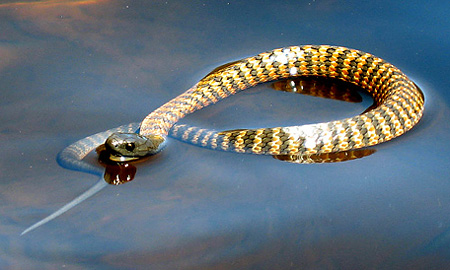Introduction
The Tasmanian tiger serpent, medically known as Notechis scutatus, is one of Australia's many appealing reptiles. Located mostly in Tasmania and its surrounding islands, this serpent has amassed attention not just for its striking appearance however also for its intricate behavior and essential duty in the ecological community. This article will certainly explore the numerous elements of the Tasmanian tiger snake's habitat, habits, anatomy, and interactions with humans while offering important info about safety measures in situation of a snake bite.
Whether you're a scientist, a wildlife fanatic, or just a person interested about these fascinating animals, this comprehensive guide guarantees to provide understandings that are both insightful and interesting. So let's embark on this trip to understand the Tasmanian tiger serpent better!
The Tasmanian Tiger Serpent: An Overview
Physical Attributes of the Tasmanian Tiger Snake
Tiger serpents are characterized by their distinctive coloration and patterns. They normally exhibit a mix of yellow or lotion stripes on a dark here brown or black background-- hence the name "tiger." Grown-up tiger serpents can mature to roughly 2.1 meters long, although the majority of people average around 1.5 meters.
Key Attributes:
- Coloration: Varies from dark brownish to olive environment-friendly with lighter bands. Size: Grownups normally vary from 1.2 to 2.1 meters. Head Shape: Distinctly wide with popular eyes.
Distribution and Environment of the Tasmanian Tiger Snake
The Tasmanian tiger snake mainly populates seaside regions, marshes, marshes, and grasslands in Tasmania. It thrives in atmospheres where it can conveniently access water resources given that it is often discovered near streams or lakes.

Habitat Preferences:
- Wetlands: Ideal for hunting target like frogs and tiny mammals. Coastal Locations: Deals plentiful food resources. Grasslands: Gives cover and basking spots.
Understanding Tiger Snake Behavior
Feeding Habits of the Tasmanian Tiger Snake
Tiger snakes are carnivorous and opportunistic feeders. Their diet plan is composed primarily of frogs, fish, tiny animals, and birds. They rely on their keen eyesight and swift activities for hunting.

Dietary Break down:
- Frogs: A main part because of wealth in wetland habitats. Fish: Regularly captured when swimming in shallow waters. Small Creatures: Sometimes victimize rodents.
Breeding Behavior of the Tasmanian Tiger Snake
Tiger snakes have a fascinating reproductive cycle. Mating usually takes place in springtime after emerging from hibernation. Women tiger snakes give birth to live young as opposed to laying eggs, which is somewhat distinct amongst reptiles.
Reproductive Cycle:
- Mating Season: Springtime (September to November). Gestation Duration: About three months. Litter Size: Varieties from 20 to 40 child tiger snakes.
Aggression and Defense reaction of the Tasmanian Tiger Snake
Though they can be aggressive when endangered, tiger snakes typically favor to pull back rather than challenge threat straight. Their key defense reaction include biting when cornered or displaying their size via hissing.
Defensive Strategies:

- Hissing Noise: A caution signal suggesting distress. Bite Reaction: A last option when escape choices are limited.
Are Tiger Snakes Venomous? Understanding Their Venom
Venom Composition and Effects
Yes! The Tasmanian tiger snake is poisonous. Its poison consists of neurotoxins that can cause major injury or perhaps fatality if left untreated. The impacts of a bite can include paralysis, swelling at the bite website, nausea, and various other systemic symptoms.
Venom Attributes:
- Neurotoxic Elements: Influence nervous system functioning. Hemotoxic Effects: Can result in tissue damage.
Common Signs and symptoms Adhering to a Tiger Serpent Bite
Recognizing signs immediately is critical for reliable emergency treatment management after a snake bite:
- Severe discomfort at bite site Swelling Nausea or vomiting Difficulty breathing
First Help for Serpent Bites: What You Required to Know
Immediate Steps After a Tiger Snake Bite
In case you come across a circumstance involving a tiger snake bite, it's vital to act quickly: Visit website
Call emergency situation services immediately. Keep the impacted arm or leg debilitated in mind level. Remove tight clothes or fashion jewelry around the bite site.Creating Your Snake Bite First Aid Kit
Having an appropriately stocked first aid set can make all the difference during emergency situations:|Product|Purpose|| ------|---------|| Compression bandage|To immobilize arm or leg|| Splint|To stabilize injured location|| Disinfectant wipes|For cleaning injuries|
FAQs Regarding the Tasmanian Tiger Snake
What do baby tiger snakes eat?
Baby tiger snakes mostly prey on tiny insects and amphibians until they grow big sufficient to search larger target like frogs or tiny fish.
How harmful is a tiger serpent bite?
A tiger serpent bite can be exceptionally dangerous because of its potent venom; instant medical focus is crucial for survival.
Where are eastern tiger snakes found?
Eastern tiger serpents occupy coastal areas throughout southeastern Australia yet are much less usual than their Tasmanian counterparts.
What must I do if I see a tiger snake?
Maintain your range; do not attempt to handle it unless you're trained to do so-- most bites occur during efforts at capture or mishandling.
Can I survive without antivenom after being bitten?
While some people may make it through without antivenom depending upon various variables such as health problems and time taken for therapy; looking for instant medical aid is constantly suggested as it considerably enhances survival chances.
Are there any type of certain safety measures I must take while treking in Tasmania?
Always put on sturdy boots, remain on significant routes, prevent high turf where presence might be restricted; acquaint yourself with neighborhood wildlife prior to heading out into nature!
Conclusion
The Tajamanian tiger snake represents an essential part of Australia's abundant biodiversity landscape both environmentally as predators and culturally as symbols within Australian folklore. Understanding their environment preferences along with actions provides understanding into exactly how we can coexist securely while appreciating wild animals borders-- remembering that awareness leads us towards much safer experiences outdoors!
By staying educated regarding prospective risks such as envenomation from attacks while likewise taking safety nets guarantees positive experiences when running into these interesting creatures!
In final thought, whether you're intrigued by their striking appearance or mesmerized by their intricate habits-- the Tasmanian tiger serpent most certainly is entitled https://blogfreely.net/flaghyasqz/comprehending-the-tiger-snake-habitat-poison-and-first-aid-essentials to recognition past simple attraction-- it encapsulates nature's charm intertwined elaborately within our ecosystems!